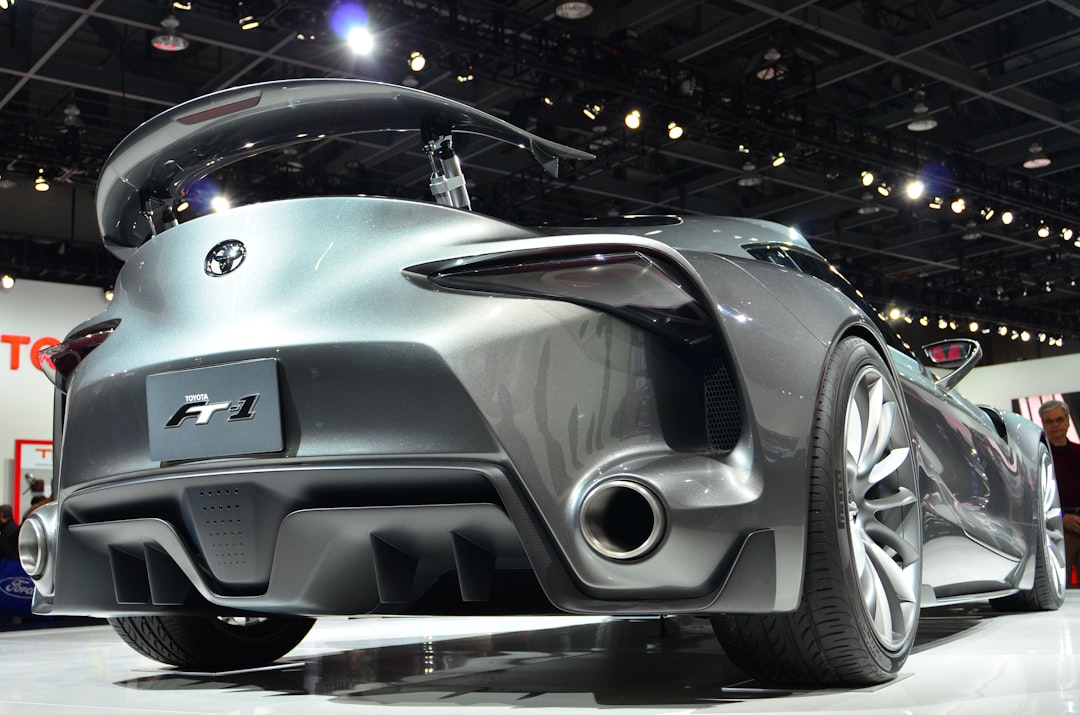Exploring the Latest Car Technology Trends
The automotive industry is constantly evolving, with new technologies being introduced every year to enhance the driving experience, improve safety, and increase efficiency. From self-driving cars to advanced connectivity features, there is no shortage of innovation in the world of automobiles. In this blog post, we will explore some of the latest car technology trends that are shaping the future of transportation.
1. Self-driving Cars
Perhaps the most talked-about technology in the automotive world is self-driving cars. Companies like Tesla, Google, and Uber are leading the charge in developing autonomous vehicles that can navigate roads without human intervention. These cars use a combination of sensors, cameras, and artificial intelligence algorithms to detect obstacles, interpret traffic signals, and make decisions on the road.
Self-driving cars promise to revolutionize transportation by reducing accidents, improving traffic flow, and providing mobility to people who are unable to drive. While fully autonomous vehicles are still in the testing phase, we can expect to see more and more cars with semi-autonomous features like adaptive cruise control, lane-keeping assist, and automatic emergency braking in the coming years.
2. Electric Vehicles
With concerns about climate change and air pollution on the rise, many car manufacturers are shifting their focus towards electric vehicles (EVs). These cars run on electricity instead of gasoline, producing zero emissions and reducing our reliance on fossil fuels. Companies like Tesla, Nissan, and Chevrolet are leading the way in the EV market with models like the Model 3, Leaf, and Bolt.
One of the biggest challenges facing EV adoption is the limited range of these vehicles compared to traditional gas-powered cars. However, advances in battery technology are making it possible for EVs to travel longer distances on a single charge. Charging infrastructure is also expanding rapidly, with more electric charging stations popping up across the country.
3. Connected Cars
Another major trend in car technology is connectivity. Modern cars are becoming increasingly connected to the internet, allowing drivers to access a wide range of features and services from their smartphones. With features like in-car Wi-Fi, GPS navigation, and remote start, connected cars are making driving more convenient and enjoyable than ever before.
One of the most exciting developments in connected cars is vehicle-to-vehicle (V2V) communication, which enables cars to communicate with each other to avoid collisions and improve traffic flow. This technology has the potential to significantly reduce accidents and congestion on the roads, making driving safer and more efficient for everyone.
4. Augmented Reality
Augmented reality (AR) is a technology that overlays digital information onto the real world, enhancing our perception of reality. In the automotive industry, AR is being used to create interactive heads-up displays that provide drivers with real-time information about their surroundings. These displays can show navigation instructions, speed limits, and incoming calls without taking their eyes off the road.
One of the most innovative applications of AR in cars is the use of transparent displays that can show vital information on the windshield, such as speed, navigation directions, and hazard warnings. This technology allows drivers to stay informed and focused on the road ahead, leading to safer and more enjoyable driving experiences.
5. Artificial Intelligence
Artificial intelligence (AI) is becoming an increasingly important part of car technology, enabling cars to learn from their environment and make decisions autonomously. AI algorithms are used in self-driving cars to analyze data from sensors and cameras, identify objects on the road, and predict their movements.
AI is also being used to develop advanced driver assistance systems (ADAS) that can detect and respond to potential hazards, such as pedestrians, cyclists, and other vehicles. These systems can warn drivers of danger, assist with parking and lane-keeping, and even take control of the car in emergency situations.
6. Biometric Sensors
Biometric sensors are another emerging trend in car technology, allowing cars to recognize drivers based on their unique physiological characteristics, such as fingerprint, iris, or facial recognition. This technology enables cars to personalize settings, such as seat position, climate control, and music preferences, based on the driver’s profile.
Biometric sensors can also be used to monitor the driver’s physical state, such as heart rate and stress levels, to alert them when they are fatigued or distracted. This technology has the potential to reduce accidents and improve road safety by ensuring that drivers are alert and focused while behind the wheel.
7. Vehicle-to-Everything (V2X) Communication
Vehicle-to-Everything (V2X) communication is a technology that enables cars to communicate with other vehicles, pedestrians, infrastructure, and even the environment around them. This connectivity allows cars to share information about road conditions, traffic signals, and weather conditions, helping drivers make informed decisions on the road.
V2X communication also enables cars to receive real-time warnings about potential hazards, such as accidents, construction zones, or emergency vehicles. This technology has the potential to revolutionize transportation by creating a seamless network of connected vehicles that can communicate with each other to improve safety and efficiency on the roads.
In conclusion, the automotive industry is undergoing a period of rapid technological advancement, with new innovations being introduced every year to make driving safer, more efficient, and more enjoyable. From self-driving cars to electric vehicles to connected cars, there is no shortage of exciting developments shaping the future of transportation. By staying informed about the latest car technology trends, drivers can better understand the possibilities of what the future holds for the automotive world.


